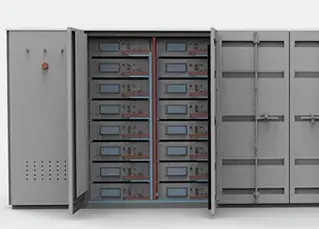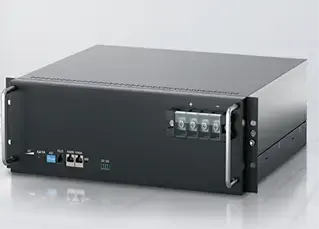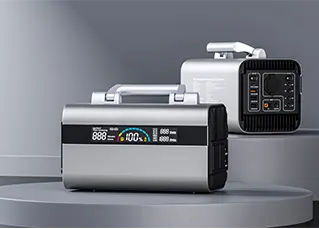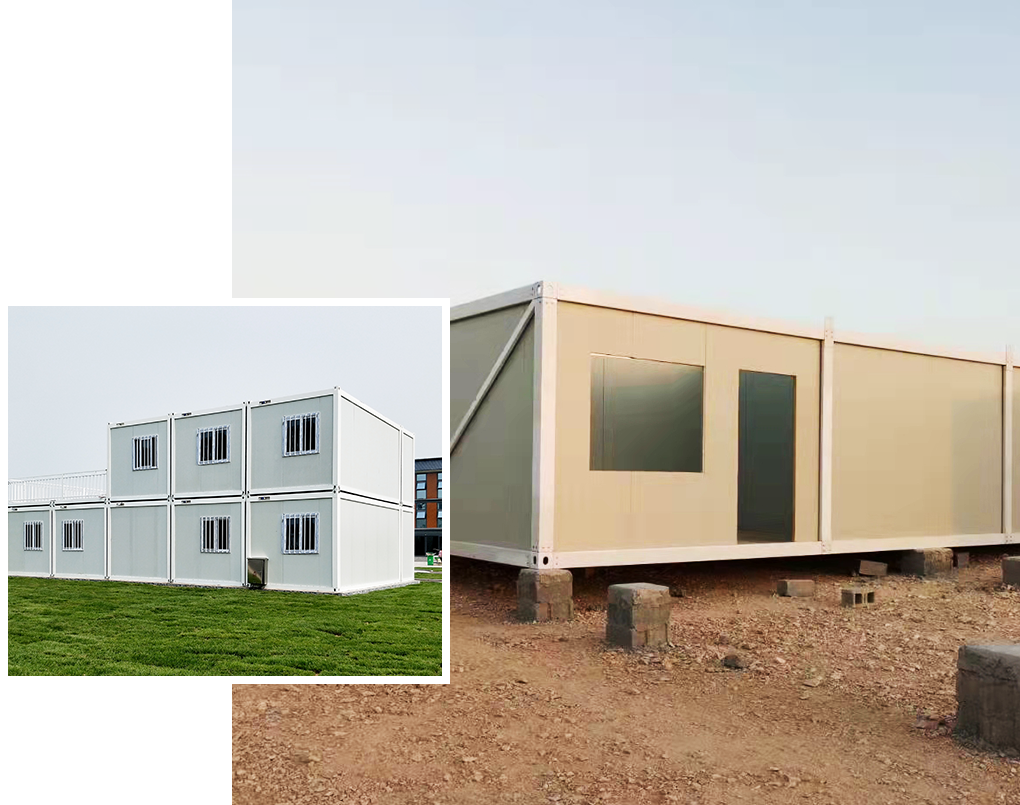Empowering Tomorrow: Exploring the Dynamics of Industrial Battery Storage Systems
In today's energy infrastructure, battery energy storage systems (BESS) are essential because they offer a number of advantages that improve power systems' efficiency, stability, and dependability. The following outlines their significance, existing state, and anticipated future development trends:
Importance of BESS:
1. Grid stability and reliability: By storing excess energy during times of low demand and releasing it during times of peak demand, BESS improves grid stability and aids in the balance of supply and demand.
2. Renewable energy integration: BESS stores excess energy when generation exceeds demand and releases it when needed, making it easier to integrate intermittent renewable energy sources like solar and wind.
3. Peak shaving and load management: By lowering the grid's peak demand, the industrial battery energy storage system maximizes overall grid performance and minimizes the need for additional power generation capacity during times of high demand.
4. Frequency regulation: Fast reaction capabilities are offered by BESS to control grid frequency, guaranteeing a steady supply of electricity and averting disturbances in the event of abrupt variations in load or generation.
5. Backup power and resilience: During grid disruptions, BESS serves as a dependable backup power source, bolstering the resilience of vital infrastructure and sustaining mission-critical operations.
6. Transmission and distribution system support: BESS can be positioned carefully throughout the distribution and transmission networks to handle variations in voltage, lower line losses, and improve system performance overall.
Status Quo of Battery Energy Storage Systems:
Growing Deployment: The global deployment of Battery Energy Storage Systems (BESS) has been progressively growing due to reduced battery costs, favorable policies, and the increasing demand for grid flexibility.
Developments in Battery technology: BESS is becoming more efficient and economical due to continuous breakthroughs in battery technology, which also include increases in energy density, cycle life, and safety.
Market Growth: Utility-scale projects, commercial and industrial applications, and domestic energy storage are just a few of the sectors in which the BESS market has grown.
Future Development Trends:
Cost Reductions: It is anticipated that ongoing developments in battery technology and economies of scale will result in additional cost reductions, bringing BESS closer to the mainstream and into the black.
Greater Energy Storage Capacity: Larger energy storage capacities will probably be a component of future BESS projects, allowing them to store and release more energy for longer periods.
Hybrid Energy Systems: More robust and effective hybrid energy systems will result from the integration of BESS with other technologies, such as improved control systems and renewable energy generation.
Enhanced Grid Services: It is projected that BESS will become more and more important in offering a variety of grid services, such as enhanced grid resilience, reactive power regulation, and voltage support.

Beyond the Basics: What is Battery Energy Storage System?
A Battery Energy Storage System (BESS) is a technology that stores electrical energy in batteries for later use. It plays a crucial role in modern energy management by addressing the challenges associated with the intermittent nature of renewable energy sources and the variable demands on the electrical grid. BESS consists of lithium-ion, lead-acid, or other types of batteries, along with power conversion systems, control electronics, and energy management systems.
BESS stationary battery energy storage systems serves various applications across the energy sector, such as grid stabilization, load balancing, peak shaving, and backup power. It allows for the efficient storage of excess energy generated during periods of low demand, which can be discharged during peak demand periods, promoting grid stability and reducing the need for conventional, fossil fuel-based power plants.
The flexibility and scalability of BESS make it an essential component in the transition to a cleaner and more sustainable energy landscape. It enables the integration of renewable energy sources by smoothing out their intermittent output, enhancing overall grid reliability, and providing a reliable power supply during outages. As technology advances, BESS continues to evolve, with ongoing research and development focused on improving energy density, efficiency, and cost-effectiveness, contributing to the global efforts to achieve a more resilient and environmentally friendly energy infrastructure.
Diverse Solutions: Exploring Types of Battery Energy Storage Systems (BESS)
Battery Energy Storage Systems (BESS) are categorized into Utility, Commercial & Industrial, Residential, and Portable sectors, showcasing their adaptability. In Utility BESS, the 20ft BESS Container offers versatile, customizable capacity for grid stability and peak shaving. In Commercial & Industrial BESS, the 48100 lithium ion battery storage container ensures uninterrupted power for telecom backup, while the Portable Power Station, operational at -40℃, provides a compact solution for diverse applications. These distinctions reflect tailored solutions, optimizing BESS performance in specific sectors. Ongoing development emphasizes customization, highlighting BESS's pivotal role in addressing diverse energy challenges across domains.
From Charge to Discharge: Witness How Does A Battery Energy Storage System Work
Charging (Energy Intake): Our BESS charges its lithium-ion batteries when there is a surplus of electricity generated or when demand is low. This usually happens when surplus electricity is produced by renewable energy sources like solar or wind.
PCS: The Power Conversion System, often known as the PCS, is essential to the functioning of our BESS. It is in charge of changing the lithium-ion batteries' direct current (DC) electricity into alternating current (AC). Compatibility with multiple devices and the electrical grid requires this change.
Energy Storage: We can capture and store energy for later use because the converted AC electricity is kept in lithium-ion batteries. Our battery bank's capacity is tailored to match the demands of our particular application.
Discharging (Energy Release): Our BESS releases stored energy when power demand exceeds supply or during periods of peak demand. The PCS makes it easier to transform stored energy from DC to AC so that it can be distributed into the power grid.
Grid Integration and Services: To deliver important services, our BESS is thoughtfully included in the electrical grid. These services include:
• Frequency regulation: For increased stability, quickly adapt to variations in grid frequency.
• Peak Shaving: Reducing reliance on peaker plants and easing grid strain by discharging during periods of heavy demand.
Control Systems: Our BESS's charging, discharging, and general operation are all managed by sophisticated control systems. These systems respond dynamically to grid signals or user-specified preferences while maximizing performance and guaranteeing safety.
Monitoring and Maintenance: An essential component of our strategy is ongoing monitoring, which guarantees the functionality and health of our lithium-ion batteries. Temperature control, capacity testing, and the recurring replacement of old batteries are examples of routine maintenance tasks.
Innovative Integration: A Deep Dive into FPR Advantages of Energy Storage
With an extensive history in diverse lithium technologies, our track record includes pioneering achievements in lithium-ion rechargeable coin cell batteries, making us a trusted supplier for renowned customers. Our pre-development team is continuously engaged in researching innovative materials and technologies, notably exploring advancements in solid-state cells.
As an electric storage battery company, FPR is committed to excellence that to excellence extends to collaborative efforts with external partners, including universities and technical institutes. This collaborative approach ensures that we stay at the forefront of technological advancements.
We offer a range of energy storage solutions, both standard and customized, catering to the unique needs of our clients. Drawing on our rich experience in project management and implementation, we guarantee efficient and successful execution of energy storage projects.
Our commitment to customer satisfaction is reflected in our excellent technical support and rapid response to customer inquiries. We prioritize delivering cutting-edge lithium solutions, backed by a legacy of innovation, collaborative partnerships, and a customer-centric approach.




 EN
EN
 fr
fr  de
de  es
es 


